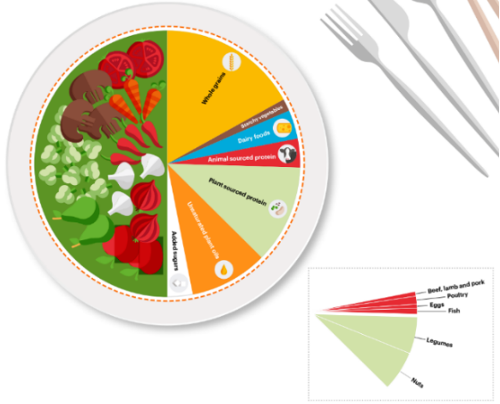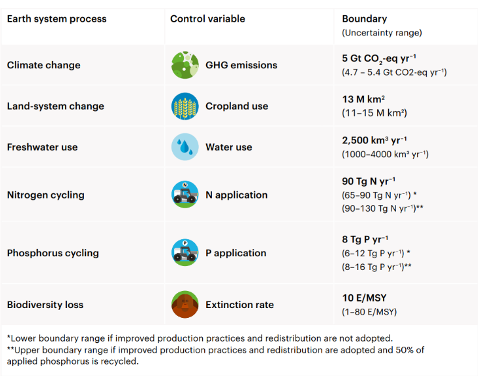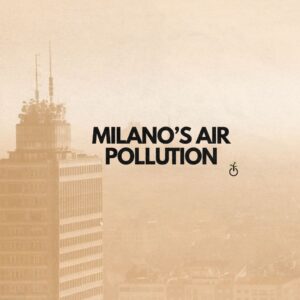Energy in the meat industry
Physicists argue that Energy is the capacity to generate life and it is part of microscopic phenomena to large-scale actions in real life, which is indeed presented as an aggregate of energetic reactions. Human beings need energy to work, which they derive from food digestion – a process that mixes acids and enzymes to decompose and assimilate diverse food groups. Proteins are essential food nutrients, as they constitute a good amount of the total intake (15-35%) and play a structural and transport function in our organism. Although they can be absorbed through several meals, our daily consumption of meat comes from mostly meat assimilation.
Meat is thus an extremely important source of nutrition for several people around the world. The global demand for meat has increased four-fold throughout these years with respect to the 20th century and the reason is so simple: meat plays a pivotal role in properly recharging consumers’ energy – it is worth highlighting that meat bears an average calorie intake of 150-200 calories per 100 grams consumed, according to National Geographic’s “What the World eats” report.

Data tells us that, nowadays, the world produces more than 1.2 million tons of meat each year, to satisfy the growing increase in demand. An average teenager (let’s say 19 years old), who eats meat 3 to 4 times per week, has so far eaten 716 kg of meat, equivalent to 337 chickens or 1.5 cows. This result not only triggers harsh reprisals of animalist movements all over the world but, most importantly, it bears serious environmental consequences.
Indeed, meat production is extremely inefficient, counting an efficiency calory rate – the percentage of calories the produced aliment retains as compared to the raw product – of 8.6% for Pork and 1.9% for Beef. This data can be interpreted as: 1.9% of beef calories are absorbed by meat consumers while the remaining 98.1% is wasted. So, from all the amount of energy invested in meat’s supply chain, less than 10% is practically useful – this result accounts for a lot of energy wasted.

To worsen the matter, besides causing significant energy waste (for instance, contributing to freshwater squandering, antibiotic systems, fossil fuel drainage), the inefficiency in the meat industry also gives birth to serious environmental issues, such as greenhouse emissions and global warming.
At present, we are facing drastic environmental repercussions of our anthropocentric-capitalist-based economy. We daily hear news titles referring to climate change as almost “irreversible” and that a “gigantic task” is needed for Countries to prevent major drastic consequences to arise. It is no wonder that meat production, being highly wasteful, has significant relevance to such events. In this regard, Dr. Johan Rockström (Ph.D. at Potsdam Institute for Climate Impact Research & Stockholm Resilience Centre) has recently claimed that:
“Global food production threatens climate stability and ecosystem resilience. It constitutes the single largest driver of environmental degradation and transgression of planetary boundaries. Taken together the outcome is dire. A radical transformation of the global food system is urgently needed. Without action, the world risks failing to meet the UN Sustainable Development Goals and the Paris Agreement.”
But how can we solve this problem? Some people suggest turning vegetarian, others say we should even stop eating animal products in addition to meat, thereby turning vegan. Once again, others claim the urgency of implementing Artificial Intelligence into meat production to create plant-based food resources to decrease animal meat consumption and lower the meat market’s environmental footprint.
The variety of ideas is huge, but the aim of this article is not to evaluate the validity of different approaches and choose the ‘optimal’ solution. Rather, this paper hopes to provide an alternative under far more natural and balanced perspective to address the problem, by answering negatively to the question: ‘Is it truly necessary to cut meat to prevent the world from catastrophes, or is there any not-so-radical alternative we can adopt to save our planet?’
My journey toward finding the proper answer has still a long way to go, yet I believe that before giving up on past habits there is still a chance that we can solve current problems by looking at our ancestors. Horatius once said:
There is a right measure in things, there are right boundaries
beyond which what is right cannot exist.
EAT-Lancet Commission
A proper answer to the matter into account can be found in the EAT-Lancet Commission, which convened 37 leading scientists from all over the world. The Commission’s aim was to develop scientific objectives for healthy diets and sustainable food production that could be extended on a global scale to make the world population healthier, as well as reduce the negative impact of the meat industry.
Professor Walter Willett from Harvard T.H. Chan School of Public Health carried out an analysis in the EAT-Lancet Commission report where he addressed the goals and targets of food innovation. He indeed stated that:
“Global consumption of fruits, vegetables, nuts, and legumes will have to double, and consumption of foods such as red meat and sugar will have to be reduced by more than 50%. A diet rich in plant-based foods and with fewer animal source foods confers both improved health and environmental benefits.”
To do that, however, it is utterly important to highlight the targets of the program: reaching a healthy global diet and making the whole food production chain more sustainable.
1) Healthy global diet
The first target, according to Professor Willet, is a “healthy global diet” that should optimize health – defined in both mental and physical terms and not merely as the absence of illnesses and diseases – and retain an efficient caloric intake, in comparison to the amount of energy used in food production.
But what is a healthy global diet? The World Health Organization defines a healthy diet that helps to prevent malnutrition and non-communicable diseases (NCDs), by ensuring the well-being of each person. Needless to say, by increasing the production of processed food, rapid urbanization has “led to a shift in dietary patterns. People are now consuming an array of food high in energy, fats, and free sugars, to the extent of abandoning fruit, vegetables, and other fibers. A healthy global diet would thus consist of a range of dietary patterns aiming to ensure an adequate proportion of each food group in every part of the world.
A generalized dietary pattern yet seems extremely tough to implement, given the diversity in soil and agricultural methods across the world. Many populations all over the world indeed depend on unevolved agricultural backgrounds, thereby relying upon agropastoral livelihoods and animal protein from livestock. In addition, many populations continue to face significant burdens of undernutrition, and obtaining adequate quantities of micronutrients from plant source foods alone can be difficult. Given these considerations, the role of animal source foods in people’s diets must be carefully considered in each context and within local and regional realities.

2) Sustainable Food Production
The second target addressed by Professor Willet is Sustainable Food Production, also achievable through the adoption of a healthy and sustainable diet to global society, as previously discussed. The Commission proposed uniform global law over which Food production must set its roots and, by doing so, Countries’ supply chains would beneficially decrease the risk of catastrophic shifts in the Earth system. There is currently a climate change boundary for food production, set following the Paris Agreement, aiming to keep global warming below 2°C, meanwhile decarbonizing the global energy system by 2050.
As we can see from the graph below, there is a multitude of positive results obtained by improving the sustainability of our food production chain: a cut in GHG emissions; more cropland available to be used, more freshwater to be used, a reduction in biodiversity extinctions – not to consider the extremely positive impact on nitrogen and phosphorus emissions.

By implementing such changes, we would still not have a world of all sunshine and roses, but we would have limited, by and large, our ecological footprint. But how do reach these goals?
Dr. Rockström provided an effective strategy for achieving the above targets, in which he highlighted four key actions to gradually implement:
1. Seek international policy commitment to shift to healthy diets;
2. Reorient agricultural priorities from high quantities to better quality;
3. Foster coordinated governance of land and oceans;
4. Halve food losses in line with UN Sustainable Development Goals;
Scientists in the EAT-Lancet commission are convinced that these are the four strategic decisions to adopt to reach a global healthy diet and improve the sustainability of our food industry. At the same time, this would bring positive results us and to the future of our planet. We should bear in mind what Hypocrates once said:
“Let food be thy medicine and medicine be thy food”.
Disregarding the medical meaning of the quote, we should remember that food is what constitutes our energy, and it is up to us to decide whether we want to be fueled with “good” energy.
———————————————————————————————————–
Bibliography
https://www.nationalgeographic.com/what-the-world-eats/
World Consumption of Meat (theworldcounts.com)
https://www.bbc.com/news/science-environment-6052559
https://www.who.int/news-room/fact-sheets/detail/healthy-diet
Summary Report of the EAT-Lancet Commission –
Energy Use in the EU Livestock Sector –




